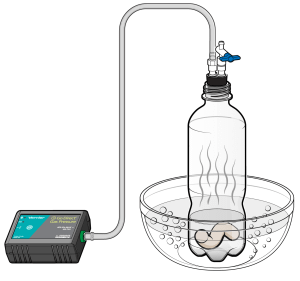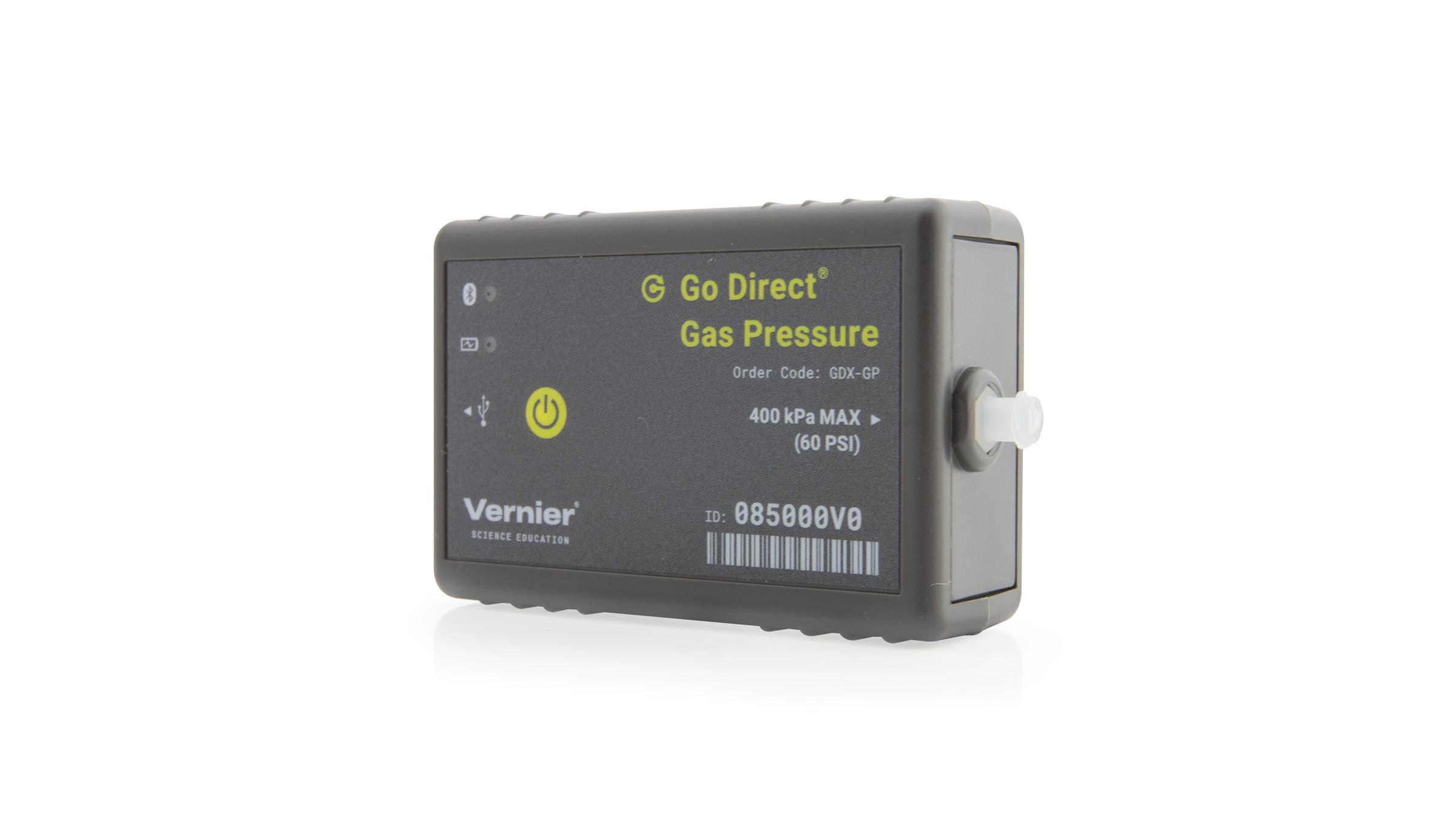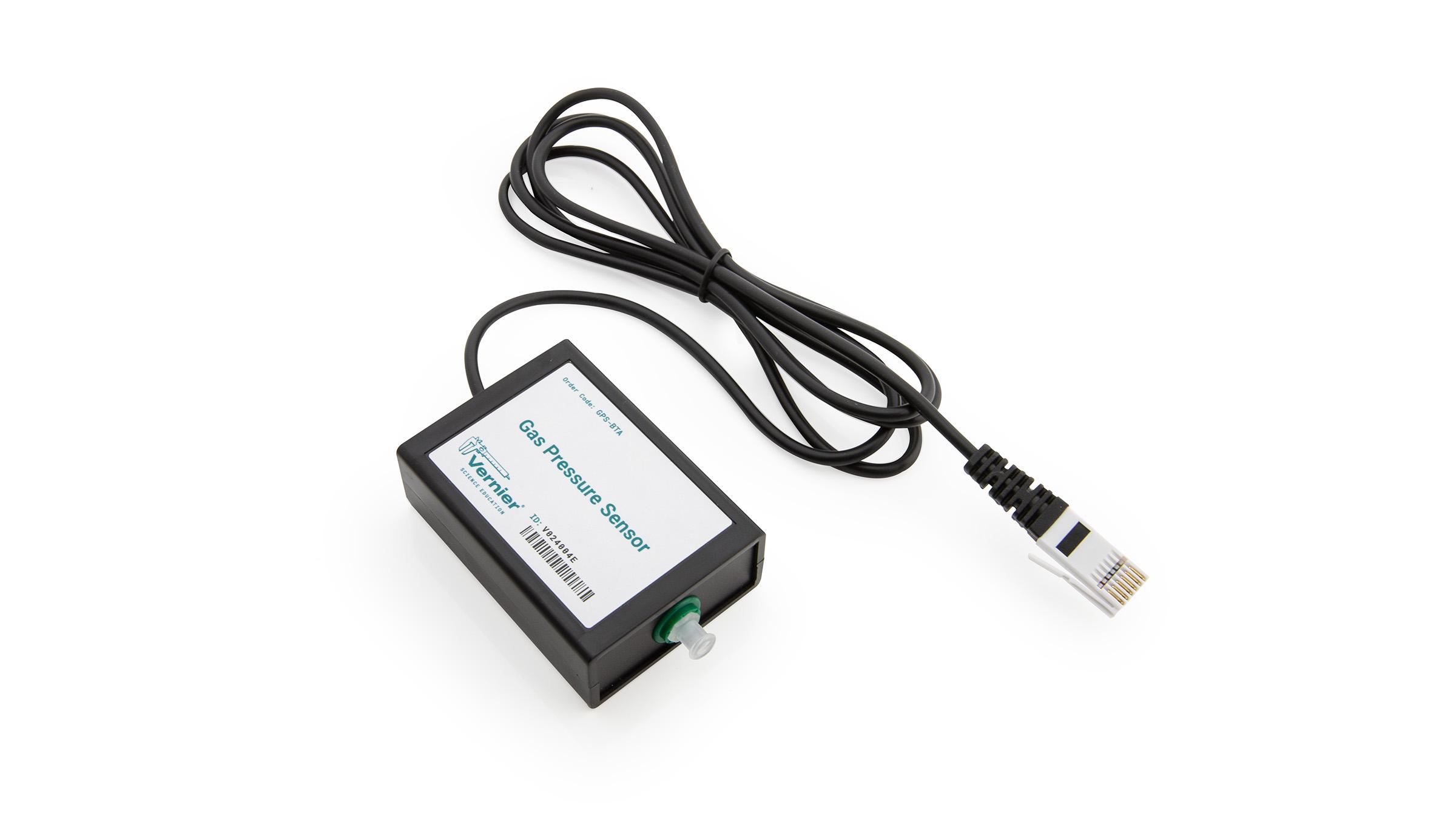Bubbles in Your Bread
Experiment #19 from Elementary Science with Vernier
- Education Level
- Elementary School

Introduction
Baking bread is something many people all over the world do every day. Have you ever baked bread using yeast? Did you know that yeast are living organisms? In a water environment, yeast use sugar and oxygen to produce a gas called carbon dioxide, CO2. The carbon dioxide makes the dough rise and creates the bubbles or air pockets that you can see in the bread that you eat.
Objectives
In this activity, you will
- Use a Pressure Sensor to measure the pressure caused by the production of CO2.
- Make observations about how temperature affects rising dough.
Sensors and Equipment
This experiment features the following sensors and equipment. Additional equipment may be required.
Option 1

Option 2

Ready to Experiment?
Ask an Expert
Get answers to your questions about how to teach this experiment with our support team.
- Call toll-free: 888-837-6437
- Chat with Us
- Email support@vernier.com
Purchase the Lab Book
This experiment is #19 of Elementary Science with Vernier. The experiment in the book includes student instructions as well as instructor information for set up, helpful hints, and sample graphs and data.

